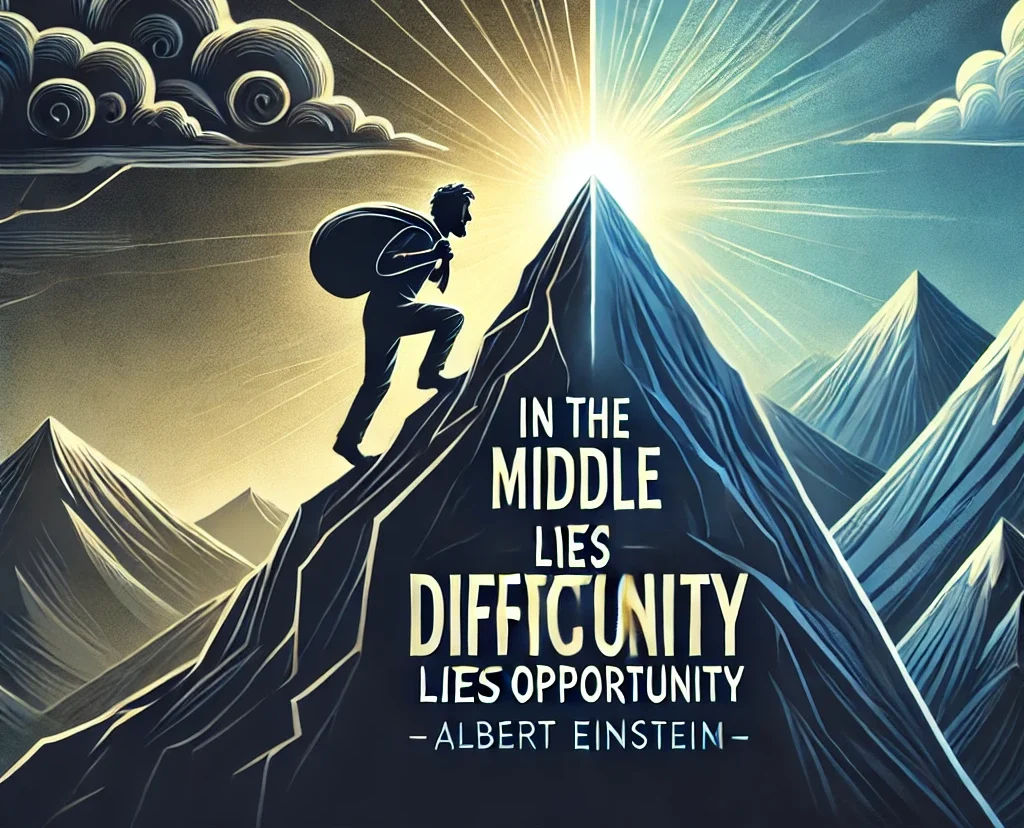
Imagine reading a novel where the narrator suddenly says, “I know you’re reading this, and I know I’m just a character.” That moment of surprise? That’s metafiction—a storytelling style where fiction becomes self-aware. It’s like a magician performing tricks while explaining how they’re done, yet still managing to keep you enchanted.
Metafiction, at its core, is fiction about fiction. It draws attention to the act of storytelling itself, reminding readers that they’re engaging with a constructed narrative. Instead of trying to immerse you completely in a make-believe world, metafiction often breaks the fourth wall, challenges expectations, and plays with narrative form. It’s not just telling a story—it’s asking, what does it mean to tell a story at all?
One of the earliest and most famous examples of metafiction is “Don Quixote” by Miguel de Cervantes, where the characters become aware of stories written about them in the first part of the book. In modern literature, Italo Calvino’s “If on a winter’s night a traveler” takes this idea to new levels by making the reader a character in the book. Another classic is Kurt Vonnegut’s “Slaughterhouse-Five,” where the author appears in his own novel, reminding us that we’re reading a work shaped by a real person. Even children’s stories like “The True Story of the Three Little Pigs” play with metafiction by retelling familiar tales from unexpected perspectives.
Metafiction isn’t just a clever trick—it’s a tool that can reveal deep truths about how we create meaning, how stories shape our understanding of the world, and how much control authors really have. In a time when media constantly blurs the line between fact and fiction, metafiction offers a thoughtful, playful way to question the stories we’re told—and the ones we tell ourselves.
RELATED POSTS
View all


